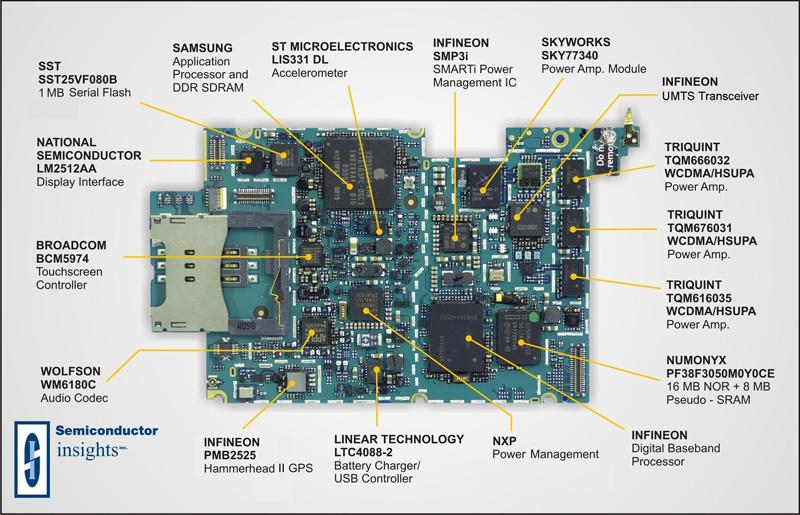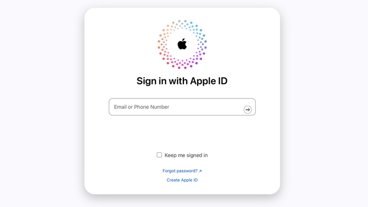Every iPhone 3G chip named, illustrated in detail
Many have made guesses as to what chipsets are inside iPhone 3G, but research firms Portelligent and Semiconductor Insights have cracked the mystery and have explained each chip in one of the most detailed Apple product teardowns yet.
That's not Infineon's only win for the new iPhone, however. It also handles the power management and, more importantly, the GPS chipset. Apple uses a PMB 2525 Hammerhead II chipset rather than examples from SiRF and other common GPS chipmakers. The component is accurate to "within meters" and prevents major positioning errors in cities, where buildings can bounce the signal and miscalculate the phone's location.
The teardown also reveals that Apple has switched providers for the NAND flash memory that serves as permanent storage. Although Samsung has been tapped for large memory orders, it's Toshiba that is supplying the 8GB or 16GB of memory in each phone and uses a single chip for each 8GB of flash on the device. Samsung now provides only the system RAM.
"To see Toshiba makes me wonder if that [Samsung] deal is no longer in place," says Greg Quirk of Semicondutor Insights. "Does this mean that Samsung is playing second string to Toshiba?"
Many components remain the same. The Samsung ARM11 is still the iPhone's main processor, while Wolfson still provides audio through its own audio codec hardware even as it's rumored to be cut out of future iPods. These are signs that the iPhone 3G is "incrementalism at play" rather than an overhaul, says Portelligent's David Carey, even if Apple has learned from the iPod touch by consolidating everything into one board.
Other companies involved with the iPhone 3G include Broadcom for the touchscreen controller, Marvell for Bluetooth support, as well as Linear Technology, National Semiconductor, Numonyx, NXP, Skyworks, SST, ST Microelectronics, and Triquint.
 Aidan Malley
Aidan Malley











 Mike Wuerthele
Mike Wuerthele

 Malcolm Owen
Malcolm Owen
 Chip Loder
Chip Loder

 William Gallagher
William Gallagher
 Christine McKee
Christine McKee
 Michael Stroup
Michael Stroup






